Your cart is currently empty!
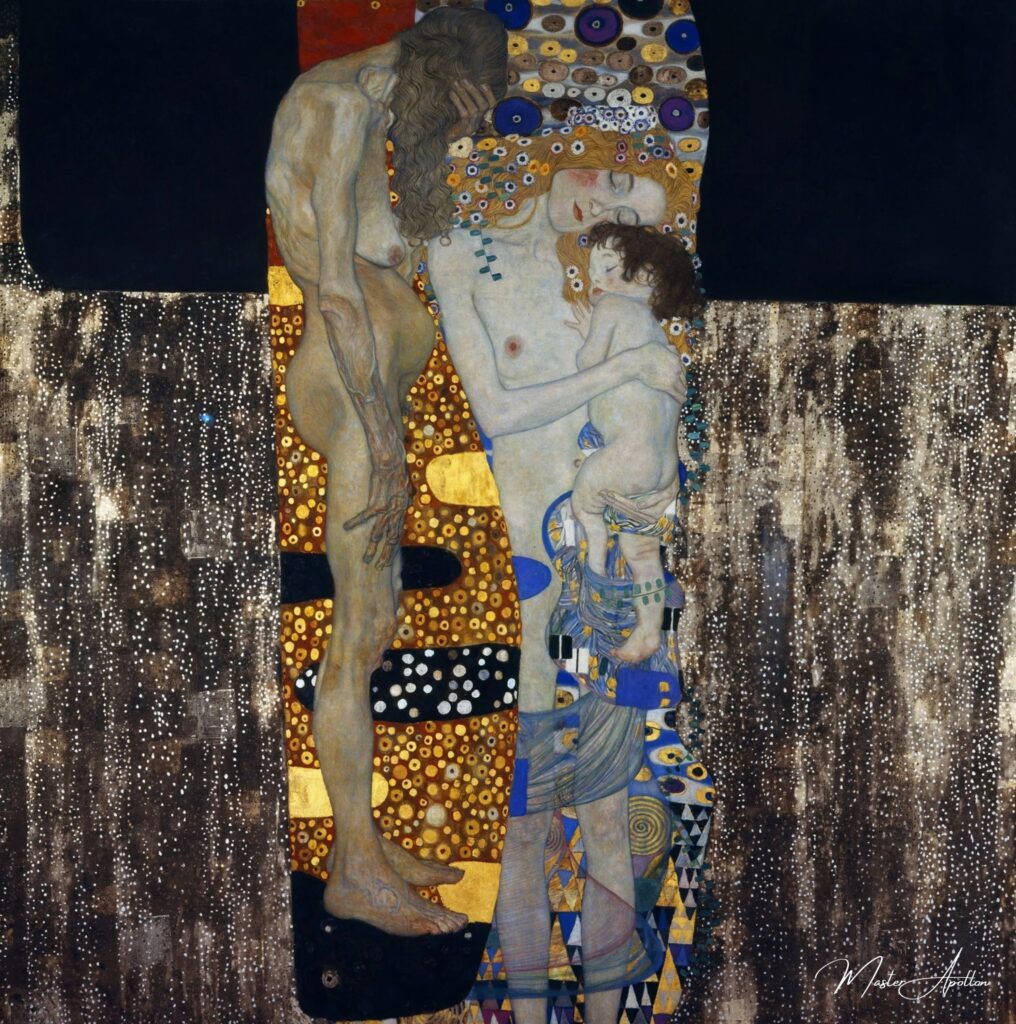
The Three Ages of Woman – Gustav Klimt Oil Painting Reproduction
This stunning oil painting reproduction of Gustav Klimt’s “The Three Ages of Woman” is a masterpiece that will bring elegance and sophistication to any space. Crafted with the highest quality materials and meticulous attention to detail, this reproduction captures the essence of Klimt’s original work with stunning accuracy.
The craftsmanship of this piece is truly exceptional, with each brushs…
Introduction: The Three Ages of Woman by Gustav Klimt
The Three Ages of Woman by Gustav Klimt is a significant work created in 1905. This oil painting on canvas, measuring 180 x 180 cm, delves into the three essential stages of a woman’s life: youth, maturity, and old age. Influenced by the symbolism of his time, Klimt captures the ephemeral beauty of youth, the fulfillment of maturity, and the melancholy of old age in this piece. Through its balanced composition and imposing dimensions, the painting offers a profound reflection on the passage of time and the cyclical nature of life.
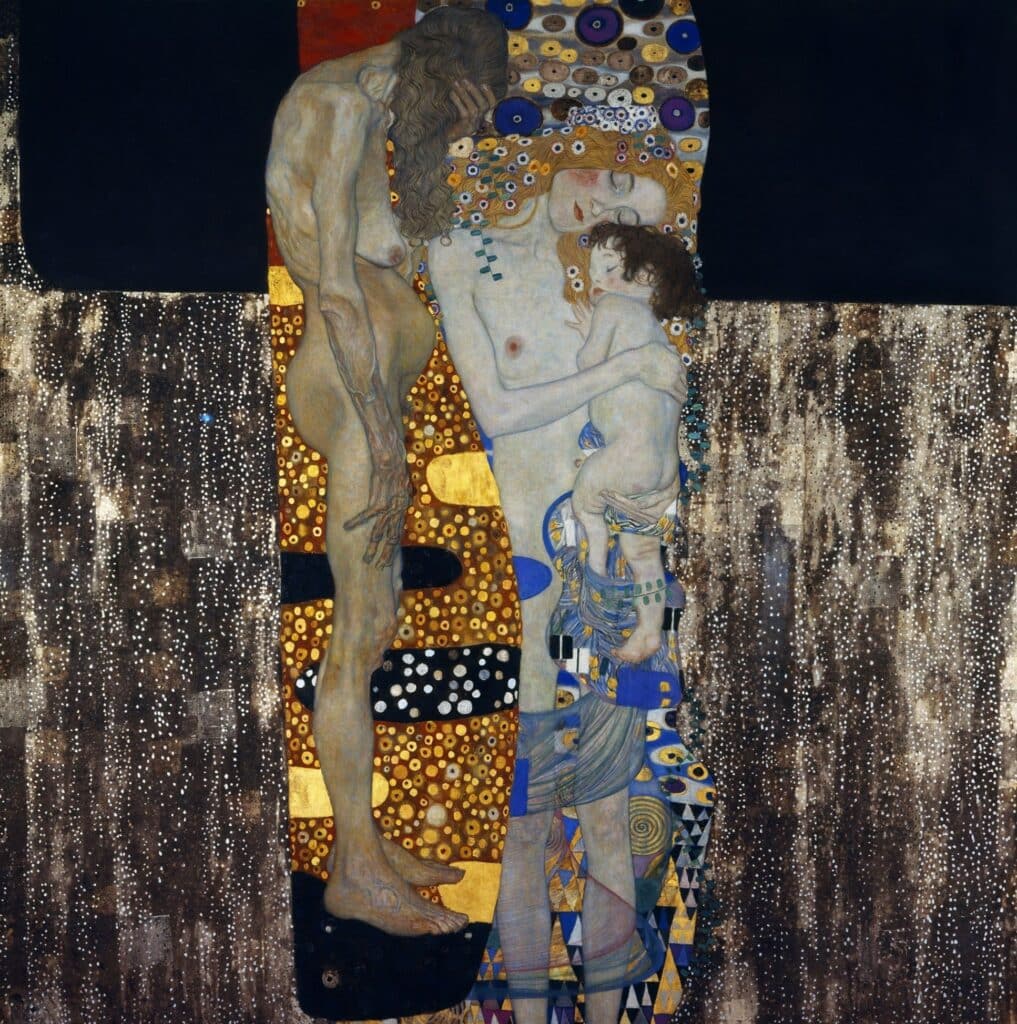
Historical and Artistic Context: The Early 20th Century and Klimt’s Maturity
Historical Context:
Created at the beginning of the 20th century, The Three Ages of Woman emerges during a period of profound cultural upheaval in Europe. This era was marked by deep questioning of the human condition and the meaning of existence, influenced by the rise of symbolism. Klimt uses his art to explore these inevitable transitions from youth to old age, engaging in a reflection on the life cycle.
Artistic Context:
At this time, Gustav Klimt was at the height of his decorative style, heavily influenced by Art Nouveau and symbolism. The Three Ages of Woman showcases his artistic maturity, merging rich ornamental motifs with a deep contemplation of universal themes such as mortality, femininity, and the continuity of life. The painting demonstrates his ability to combine visual beauty with philosophical depth through an elaborate aesthetic.

Description of The Three Ages of Woman by Gustav Klimt
Composition:
The Three Ages of Woman presents a striking composition centered around three female figures, each representing a distinct stage of the life cycle: childhood, adulthood, and old age. The child is tenderly held in the arms of the adult woman, illustrating motherhood and the continuity of life. In contrast, the elderly figure stands alone, symbolizing the end of the life cycle. This visual juxtaposition highlights the different phases of human existence, from birth to the twilight of life.
Colors and Textures:
Klimt employs a contrasting color palette to accentuate the differences between the ages. Warm tones dominate the figures of youth and maturity, conveying the vitality and fullness of these life stages. Conversely, old age is represented by darker hues, evoking the end of the life journey. The canvas is also enriched with gilding and complex ornamental patterns, characteristic of Klimt’s decorative style, adding a textural depth to the artwork.
Visual Details:
The expressions of the figures enhance the symbolic themes of the painting. The adult figure wears a serene expression, symbolizing the fullness of life, while the elderly figure displays marked melancholy, illustrating solitude and reflection on a life lived. Surrounding the adult figure, floral patterns and golden details symbolize fertility and vitality, contrasting with the austerity of the elderly figure. These visual details enrich the meaning of the work, capturing the emotional complexity of each stage of life.
Symbolism and Interpretation: The Deep Meanings of The Three Ages of Woman
Symbolism of the Figures:
In The Three Ages of Woman, each figure embodies a distinct aspect of the life cycle. The child symbolizes pure innocence and the infinite potential of life at its beginnings—a state of purity and unrealized promises. The adult woman, at the center of the composition, represents maturity, fertility, and the strength of life. She is the link between the beginning and the end, illustrating the fullness and vitality of human existence. In contrast, the elderly figure embodies the end of the cycle, carrying with her the wisdom gained and the serene acceptance of mortality. This visual representation of old age reflects the accumulation of experience and the inner peace that comes with it.

Underlying Themes:
The painting explores universal themes such as the life cycle and mortality. It reflects on the passage of time, capturing the ephemeral beauty of youth, the strength of maturity, and the tranquil wisdom of old age. These themes are recurring in Klimt’s work, which focuses on the connection between different stages of life, each linking to the previous and preparing for the next. The artwork also serves as a meditation on the continuity of life, where each age holds its significance and contributes to the overall cycle of existence.
Personal Interpretation:
Klimt’s The Three Ages of Woman can be seen as a profound meditation on the human condition, expressing both the beauty and the sadness inherent in the passage of time. Klimt invites viewers to contemplate not only the different phases of life but also their interconnectedness and how they complement each other. The work inspires reflection on how youth, maturity, and old age are not isolated stages but moments in a continuum that defines the human experience as a whole.

Critical Reception: Reactions to Three Ages of Woman by Gustav Klimt
Contemporary Reactions:
Upon its creation, The Three Ages of Woman elicited mixed responses from critics and the public. Some praised the symbolic depth and Klimt’s exploration of universal themes such as the life cycle and mortality. However, others were unsettled by the direct and unembellished depiction of old age, a subject often avoided or idealized in art of that era. This division of opinion reflects the tension between appreciating symbolic art and facing the more somber realities of the human condition.
Current Appreciation:
Over time, The Three Ages of Woman has become an undisputed masterpiece of Gustav Klimt. Today, the work is acclaimed for its honest and emotional portrayal of the life cycle, as well as its ability to capture the essence of the human condition through powerful symbolism. Modern critics particularly value Klimt’s skillful combination of visual richness with universal themes, resulting in a piece that is both beautiful and profoundly contemplative. This late recognition underscores the ongoing relevance of the work in contemporary art and its lasting impact on the representation of femininity and the life cycle.
Conclusion: The Enduring Impact of The Three Ages of Woman in Klimt’s Art
Summary:
The Three Ages of Woman is an emblematic work by Gustav Klimt that profoundly captures universal themes of life, mortality, and continuity. Through this painting, Klimt highlights the beauty, strength, and fragility inherent in the human condition, depicting the different stages of a woman’s life with poignant sincerity.
Impact on Art:
This work has made a significant contribution to both Symbolist and modern art, influencing how artists approach the representation of the life cycle. The Three Ages of Woman remains a central piece in the study of Klimt’s oeuvre, playing a crucial role in shaping the perception and interpretation of femininity and mortality in art.
Gustav Klimt
Gustav Klimt was an Austrian Symbolist painter renowned for his gilded, decorative style, sensual depictions of the human form, and masterpieces such as The Kiss and Portrait of Adele Bloch-Bauer I, which explore themes of love, beauty, and the intricate connection between art and life.

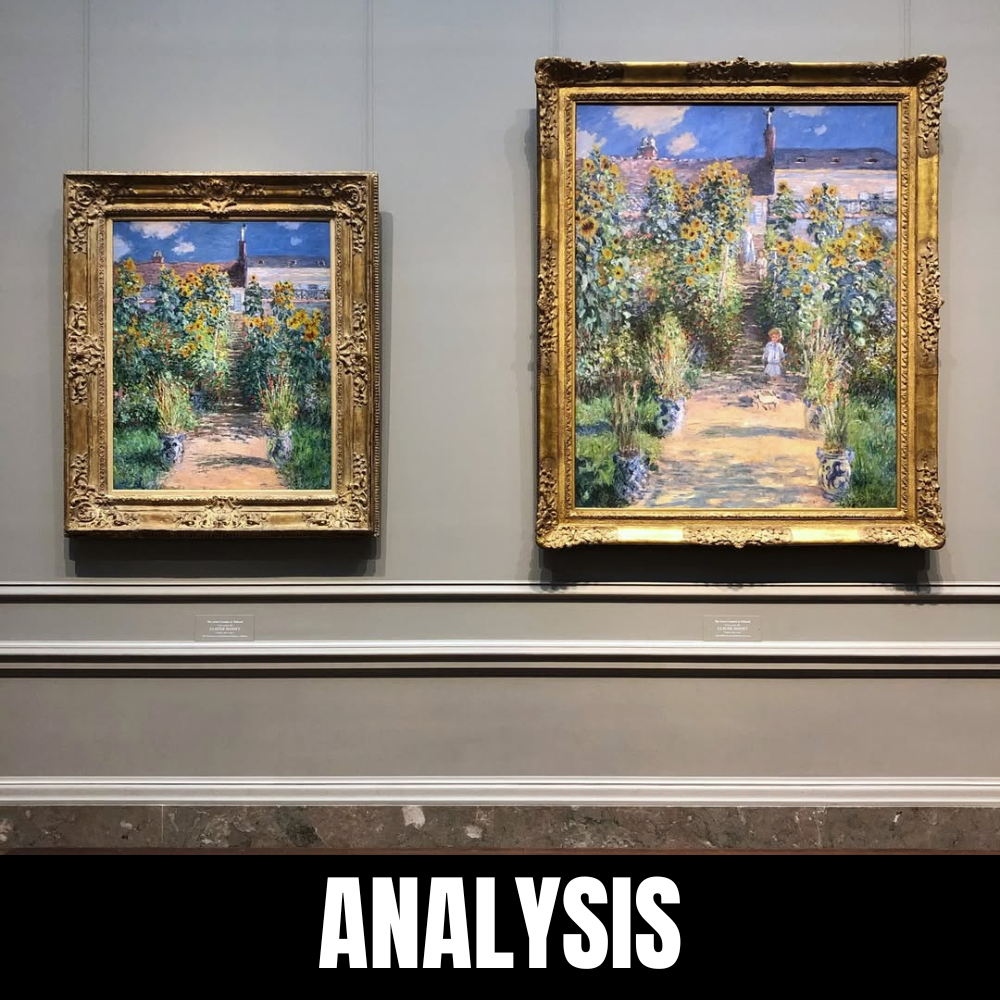
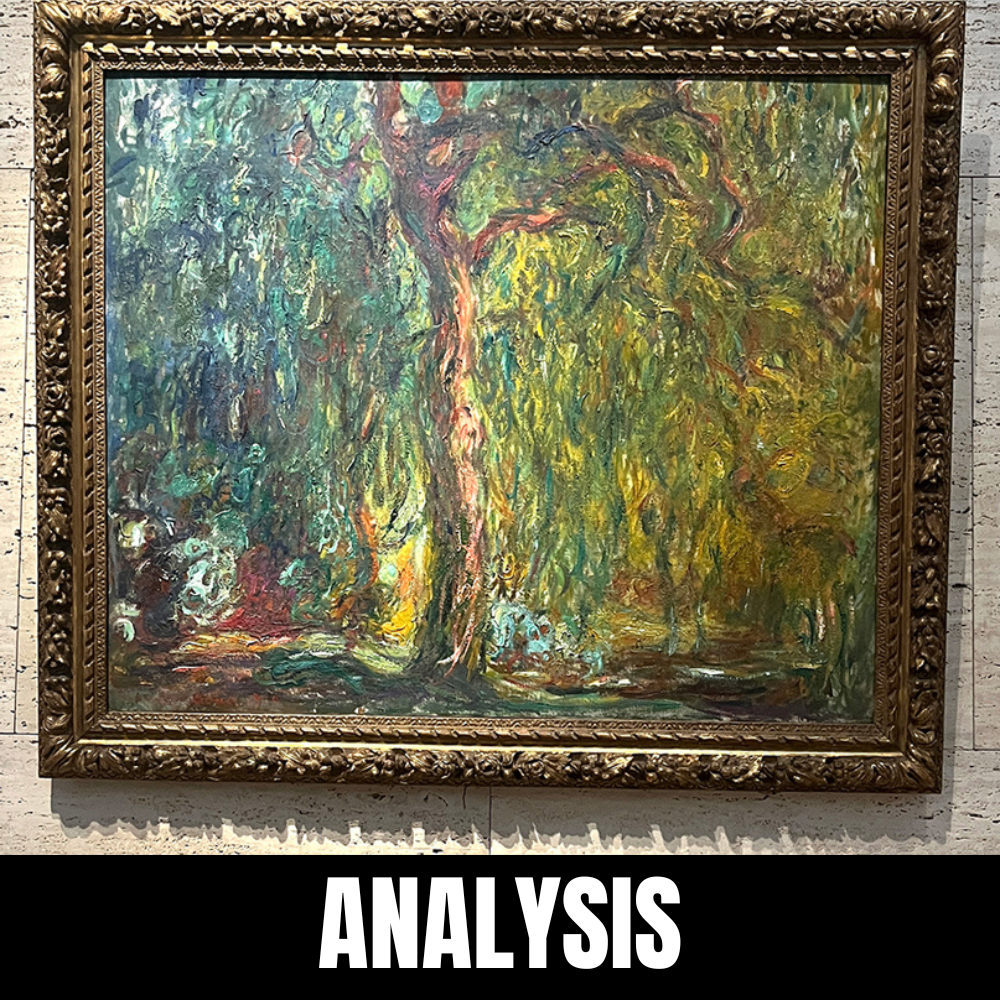
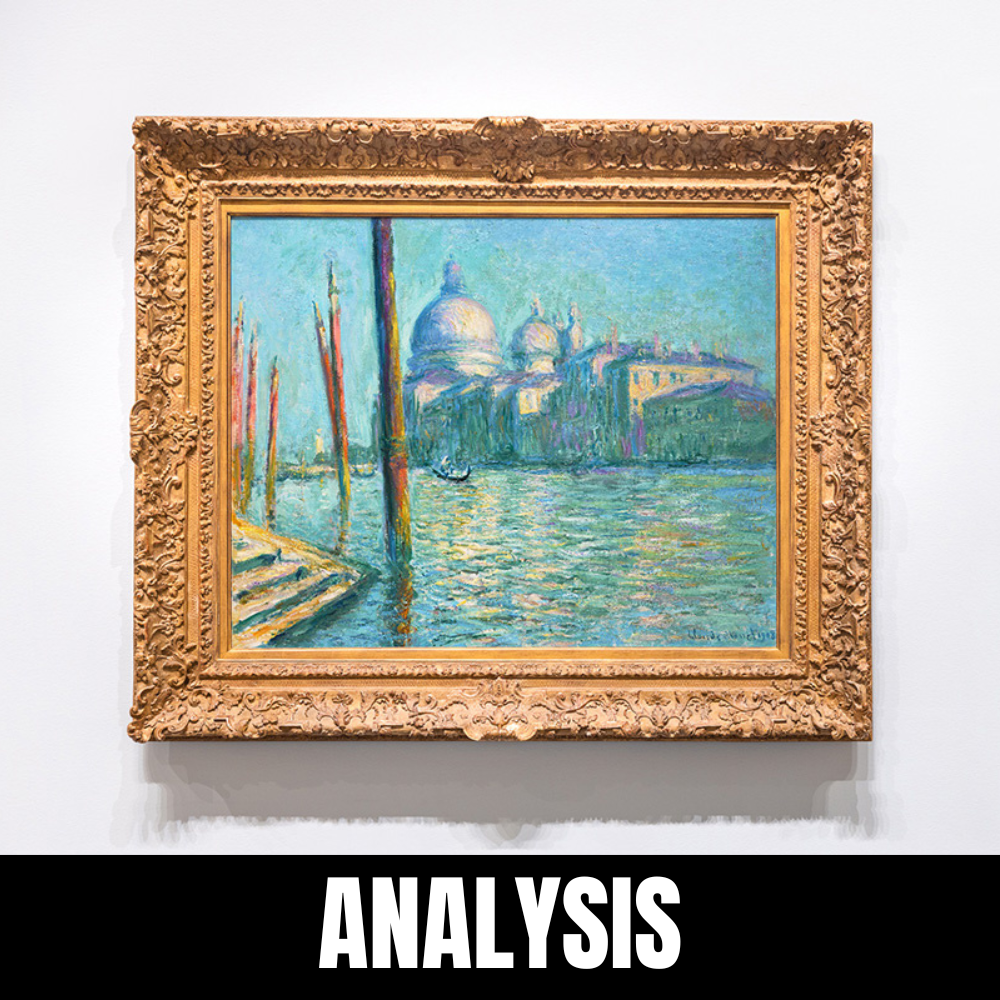

Leave a Reply